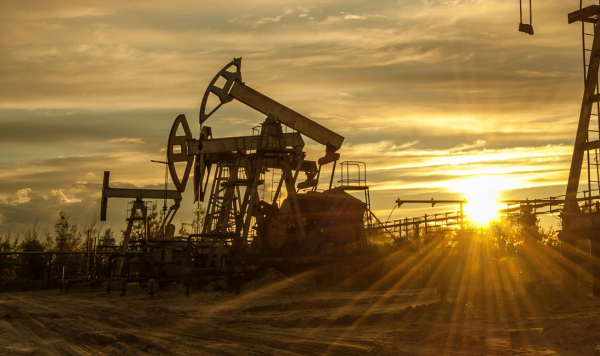
SDX Energy’s capital expenditure will fall to $24.7 million this year, while production is expected to be 66-72% higher than 2019.
Spending in 2019 reached $43mn and in January SDX had set out capex plans of $25.5mn for this year.
“The production increase in 2020 is a result of commissioning and completion, in late 2019, of the South Disouq gas business, in Egypt,” SDX’s CEO Mark Reid told Energy Voice. With the completion of that project, spending was due to fall anyway this year, while production rose.
The bulk of 2020’s spending was incurred in the first quarter, he continued. “That’s serendipity rather than foresight. There are only two elements ongoing,” Reid continued, with a well being drilled currently in Egypt and two more shallow wells due in the third and fourth quarters.
Demand in Morocco has been reduced slightly as a result of a coronavirus-driven lockdown. Three of SDX’s eight customers have been forced to halt work for the duration of the quarantine. This may reduce demand by 50% in the second quarter from the first quarter.
Despite this reduction, SDX was positive about its operations in the country, saying it would require only 20% of consumption in order to breakeven. Once coronavirus restrictions are lifted, demand should return to levels seen in the first quarter. Egyptian demand has been undiminished by local restrictions, with supplies going to state-backed entities.
SDX continues to expect it will exit the North West Gemsa concession in Egypt this year, unless the operator manages to extract more cost savings. This is a late lift asset and decline is expected to increase.
The group’s production in 2020 should be 6,750-7,000 barrels of oil equivalent per day, versus the 4,062 boepd reported for 2019.
SDX opted to terminate a 12-well drilling programme in Morocco early, with two wells still to go. Reid said this had been because the company had achieved its objectives after drilling only 10 wells. “This was about capital discipline, rather than forced by the price environment.”
Two wells drilled to the north of the company’s core producing area were successful. The OYF-2 and BMK-1 wells were reported to have derisked around 20 billion cubic feet (566 million cubic metres) of P50 prospective resources.
The company’s local production is sufficient to meet demand for the time being, with the expectation that drilling may begin once more in late 2021 or early 2022. “Intrinsic demand is still meeting expectations and gas prices are high,” he said, “core demand is there.”
The industry is going into a “challenging period” for all involved, Reid said. While SDX is insulated from many of the headwinds facing the wider sector, the company is focused on retaining a “strong balance sheet, good liquidity and an ability to react quickly once this has passed. SDX is a company that can manage its balance sheet and make the right decisions in difficult times.”
Recommended for you

